The operating room (OR) is the heart of surgical intervention, a space dedicated to saving lives. However, this critical environment also presents significant risks for staff, particularly related to sharps injuries. Needles, scalpels, and other sharp instruments can cause accidental punctures and cuts, potentially exposing healthcare workers to bloodborne pathogens. Sharps safety, therefore, becomes paramount in ensuring a safe and efficient surgical environment.
This article delves into the importance of sharps safety in the OR, focusing on the innovative solutions offered by MedicaLock (Medicalock.com). We will explore how their unique line of products, including Surgilock® Platforms, Mayo Stands, and Positioning Foam, contribute to a more secure and streamlined surgical workflow.

The Ever-Present Threat of Sharps Injuries
According to the International Sharps Injury Prevention Society (ISIPS), millions of sharps injuries occur among healthcare workers globally each year. These injuries not only pose a serious health risk but also lead to emotional distress, lost work time, and significant healthcare costs. The close proximity within the OR, coupled with the constant use of sharp instruments, creates a high-risk zone. Traditional practices like hand-to-hand passing of sharps contribute to accidental punctures.
Beyond the Basics: Sharps Safety Reimagined
While established practices like double gloving and neutral zone techniques remain crucial, Surgilock® products offer a new level of security by optimizing workflow and minimizing sharps handling:
- Surgilock® Platforms: These adhesive polymer pads create a secure and sterile platform for holding commonly used instruments. This eliminates the need for constant handoffs and reduces the risk of accidental falls or contamination. Surgeons and nurses can readily access essential tools, streamlining procedures and minimizing unnecessary movement.
- Surgilock® Mayo Stand: (Coming Soon) This innovative Mayo stand promises to revolutionize instrument organization within the sterile field. Imagine a customizable platform segmented for specific instruments, eliminating clutter, and facilitating easy access. This promotes a more organized workflow while minimizing the risk of sharps injuries during instrument selection.
- Surgilock® Positioning Foam: Securing patients and limbs remains a crucial aspect of surgery. Surgilock® positioning foam offers a revolutionary solution. This disposable foam conforms to patient anatomy, providing secure positioning while minimizing the need for manual adjustments. This reduces the risk of accidental sharps contact for staff and promotes patient comfort throughout the procedure.
The Surgilock® Advantage: A Multifaceted Approach
Beyond individual product benefits, Surgilock® products foster a holistic approach to sharps safety:
- Improved Efficiency: By minimizing unnecessary instrument handling and promoting organized workflows, Surgilock® products contribute to a more efficient surgical environment. This translates to shorter procedure times and potentially reduced costs.
- Reduced Risk of Contamination: The security provided by Surgilock® platforms minimizes the risk of instruments touching unsterile surfaces. This maintains a cleaner surgical field, reducing the risk of infection for both patients and staff.
- Enhanced Staff Well-being: By minimizing movement and reducing the need for direct sharps handling, Surgilock® products contribute to a less physically demanding environment for staff. Additionally, minimizing exposure risks promotes a safer work environment for all.
Collaboration is Key: Achieving Optimal Sharps Safety
It is important to remember that sharps safety goes beyond individual products. A successful approach requires collaboration:
- Comprehensive Staff Training: Regular training on established safety protocols and the proper use of Surgilock® products equips staff to leverage their full potential.
- Incident Reporting and Analysis: Encouraging staff to report all sharps injuries, even seemingly minor ones, allows for continuous improvement of safety measures.
- Regular Safety Audits: Conducting routine audits of the OR helps ensure compliance with safety protocols and identify areas for improvement.
Investing in a Safer Future
By fostering a safety culture and adopting innovative solutions like those offered by MedicaLock, the healthcare industry can significantly lower the incidence of sharps injuries in the OR. Surgilock® products provide a valuable complement to existing safety measures, promoting a more secure and efficient surgical environment. Prioritizing sharps safety is an ongoing journey, not a destination. It requires continuous evaluation, adaptation, and employee engagement. By working together, we can create a safer future for all those who dedicate their lives to patient care in the OR.
For more information contact Isips.org, call or text 801-893-5141 or Medicalock at www.medicalock.com or 608-525-3630.
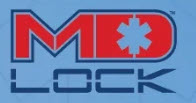
Ron Stoker, MS, Executive Director of the International Sharps Injury Prevention Society (ISIPS), has extensive experience advocating for and implementing sharps safety measures across various healthcare settings.
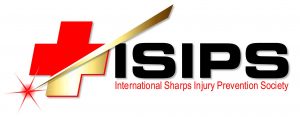


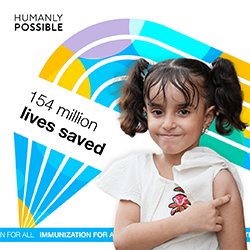
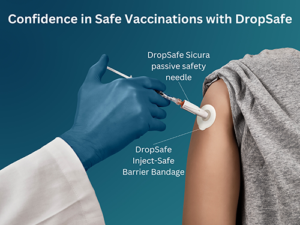
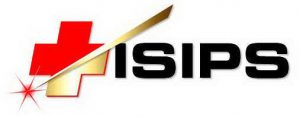

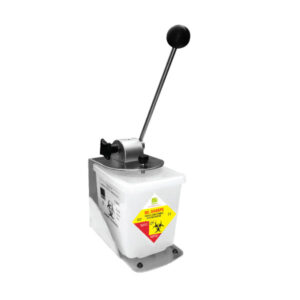 be used it is important to make traditional needles as safe as possible.
be used it is important to make traditional needles as safe as possible.